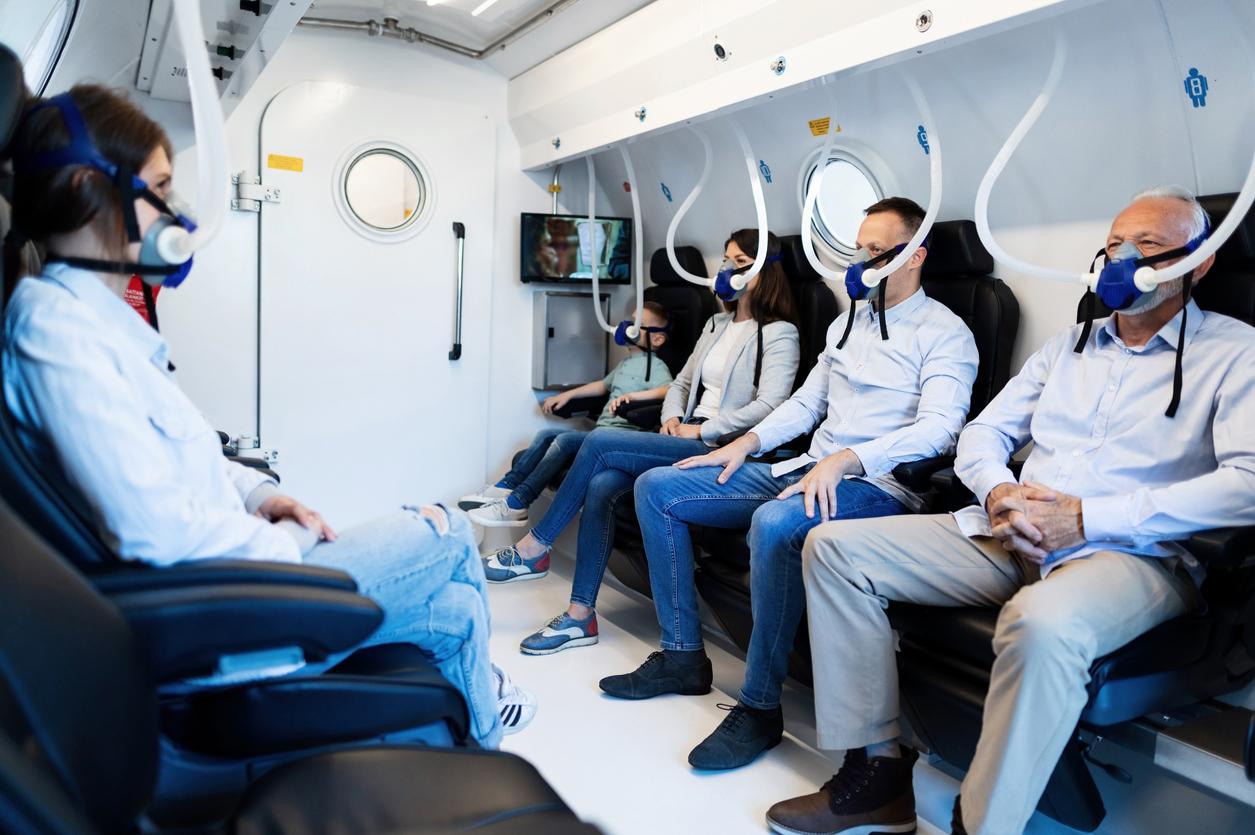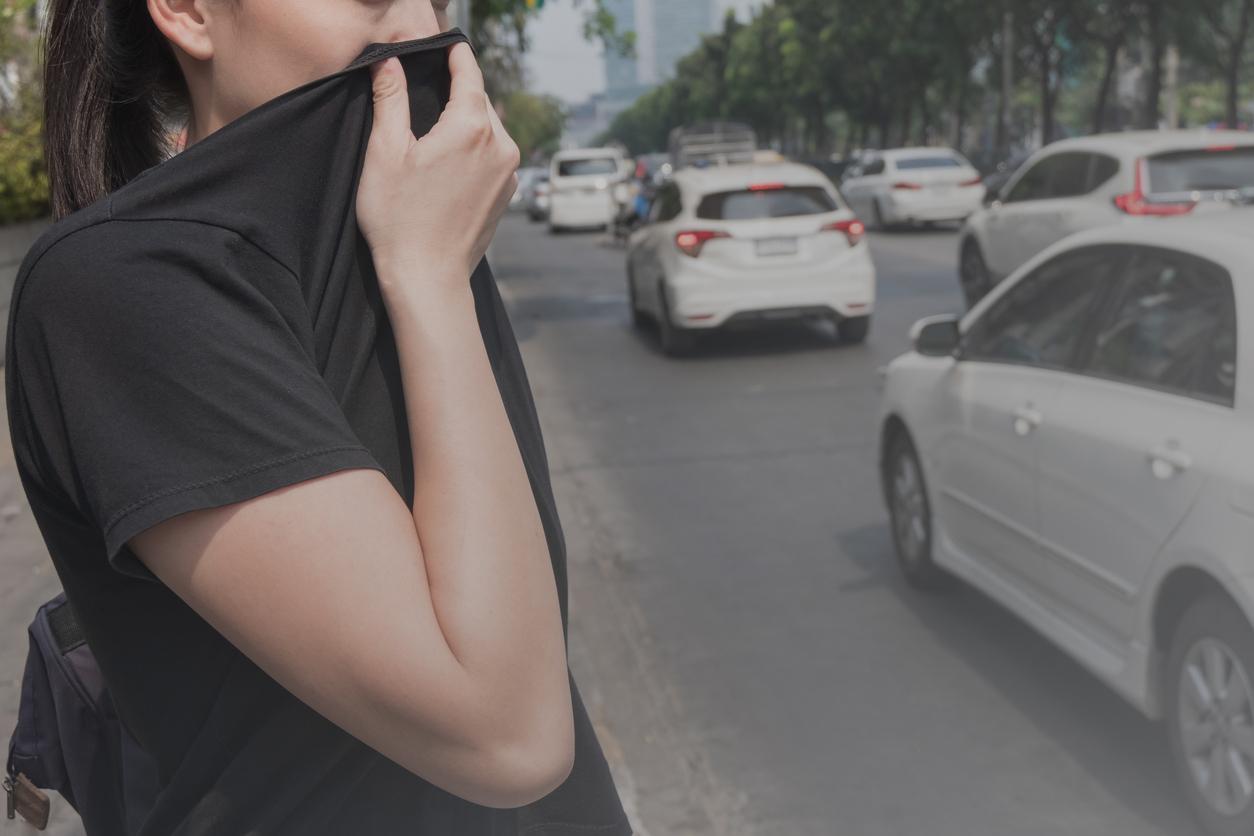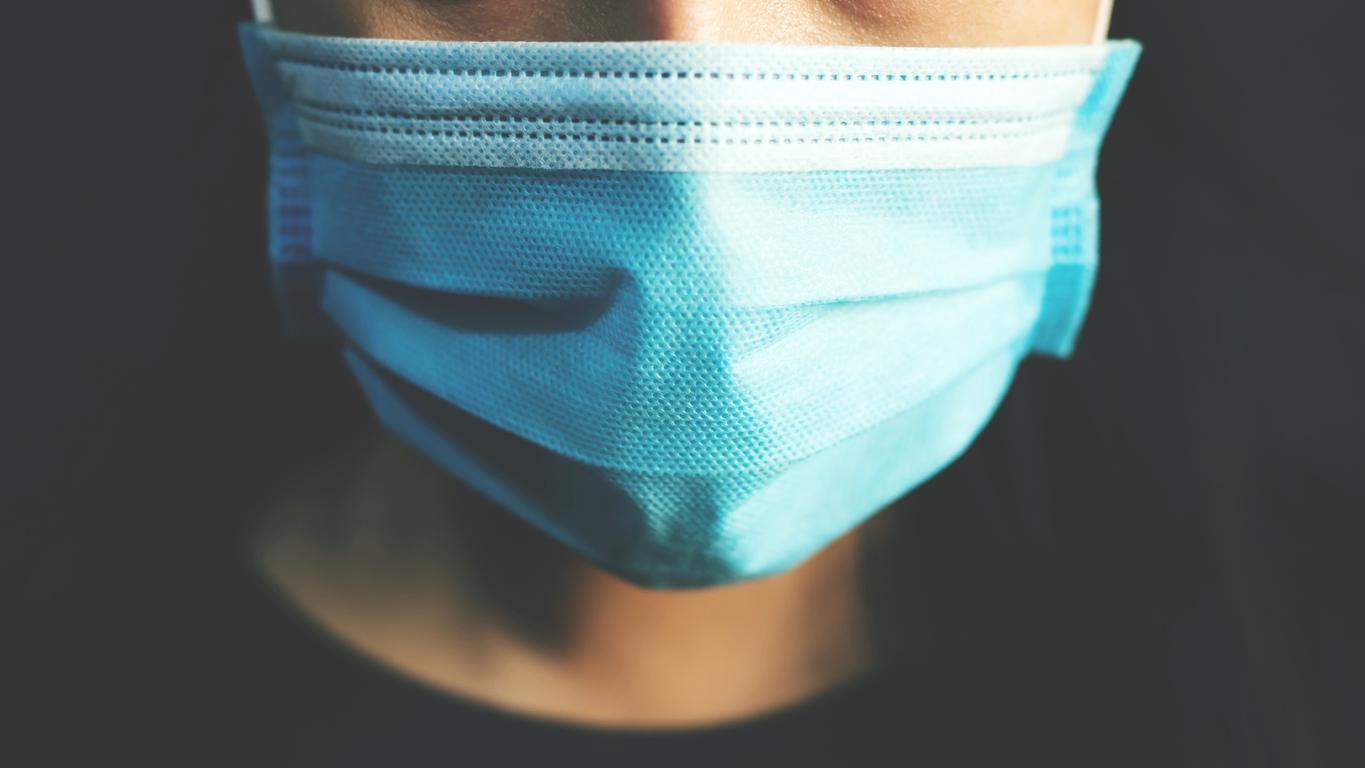
Let muscles relax
If you ask someone what dry needling is, they will probably give you a quizzical look. Or they immediately get a pained facial expression. Dry needling is an effective, but quite painful treatment for muscle complaints. Physical therapist Mark Chen explains.
1. What is dry needling?
“Dry needling is a so-called intramuscular – in a muscle – treatment that is performed by a physiotherapist. This treatment method is often used for muscle complaints that have existed for some time as part of a total treatment. Examples are headache, low back pain, RSI, neck problems and tennis elbow. The physiotherapist uses thin acupuncture needles, with which hardening in muscles can be effectively and quickly relaxed.”
2. Is it similar to acupuncture?
“There are interfaces between acupuncture and dry needling. The same needles are used and the technique of placing the needle is similar. However, there are also clear differences.
The biggest difference is the approach. Acupuncture is mainly looked at from an energetic concept. Dry needling takes the explanations from physiology and biochemistry: a mechanical concept.
In addition, classical acupuncture often uses several needles, which remain in the body for some time. The physiotherapist often works with one needle in dry needling. The treatment per muscle is also short-term.”
3. When is dry needling used?
“Dry needling is especially suitable for muscle complaints that have existed for a long time. Especially if myofascial (myogenic = muscle tissue and fascia = connective tissue) trigger points are present. You can see these trigger points as a painful hardening or muscle knot. Often these trigger points do not only cause pressure pain. , but also pain in other parts of the body.
The physiotherapist will look for these places, because they can be the main cause of your complaints. In addition to pain, a muscle knot can also cause movement restriction, stiffness and reduced activity of the relevant muscle. Sometimes reactions such as sweating, dizziness, lightheadedness, blurred vision, shivering or cold hands occur.
Most patients with muscle problems can be treated with the needles, but in some cases dry needling is less suitable. Pregnancy is a reason not to treat, as is fear of needles. Acute injuries as a result of an accident, for example a muscle tear, are also excluded from treatment.”
4. How does it feel?
“In order to switch off the trigger points, the physiotherapist punctures them. In this way the muscle is forced to relax. With a good technique, you will hardly feel the insertion of the needle. The treatment of the muscle is accompanied by a sudden short contraction of the muscle. This ‘cramping’ can be quite painful, but is usually short-lived. After that, a positive effect is usually noticeable immediately. The muscle can be more flexible, the mobility is greater and/or there is a decrease in pain.
Sometimes you may feel warm or sweat a bit during the treatment. Sporadically it happens that someone feels a bit dizzy.”
5. What is the effect of a treatment?
“After a treatment, the treated muscles usually feel quite tired and heavy. Severe ‘muscle pain’ is a common phenomenon. This is completely normal and often disappears within a day. Sometimes there is some general fatigue after a treatment. Patients regularly experience a deep sleep on the night after treatment.
The physiotherapist will probably touch on a small number of points for the first treatment. This way he can see how you react before the intensity is possibly built up.”
Mark Chen is a physiotherapist and NASM trained personal trainer. Since August 2014 he has been working in Phnom Penh, Cambodia. His expertise lies in analyzing and optimizing movement patterns. Dry needling and medical taping are an important part of his vision and training predominates.

















